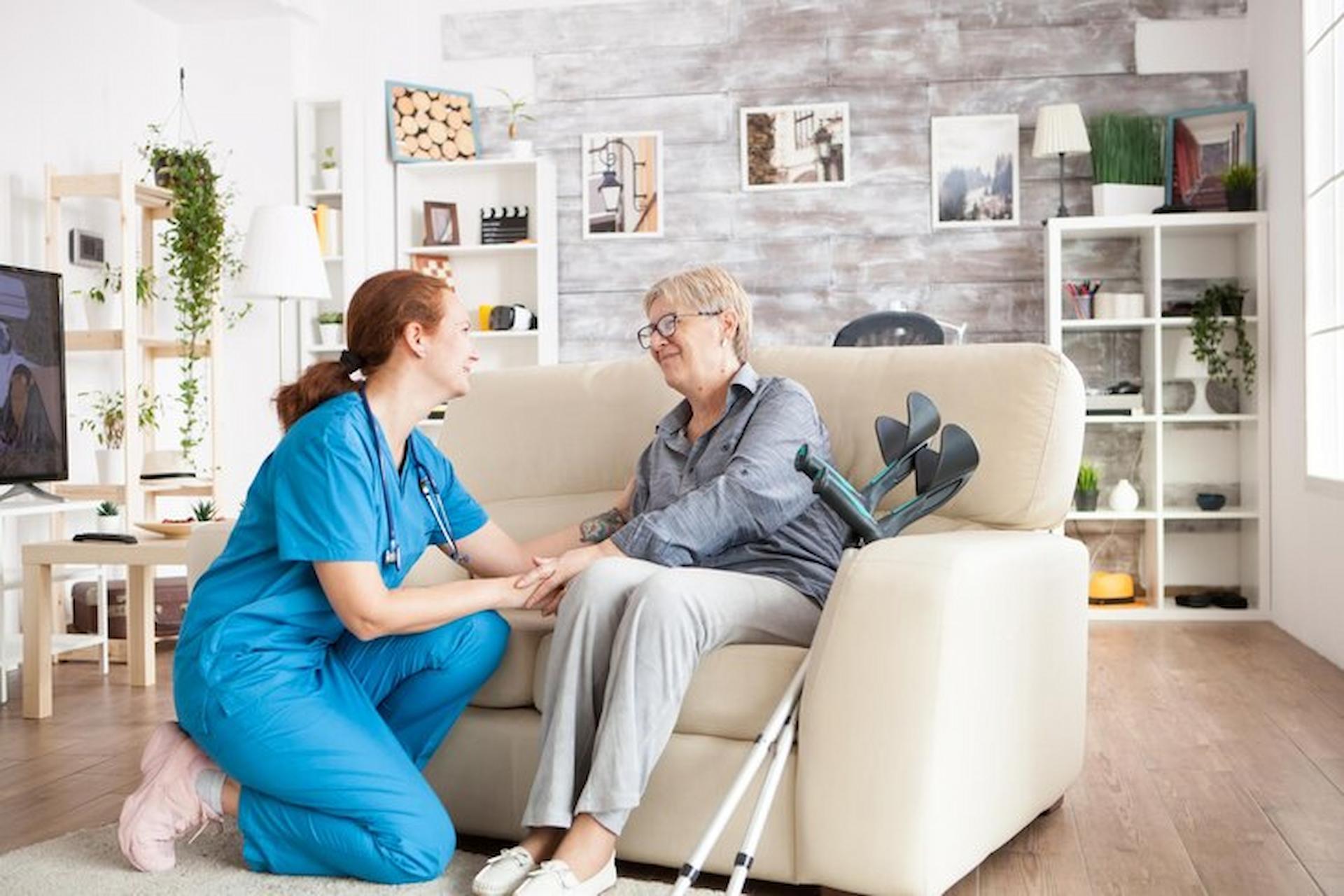As the population ages, the importance of physical activity in maintaining health and well-being among seniors becomes increasingly evident. Care homes are essential in promoting physical activity among their residents by offering exercise programs specifically tailored to the needs and abilities of older adults. These programs improve physical health and enhance mental and emotional well-being, leading to a higher quality of life.
Benefits of Physical Activity for Seniors
Regular physical activity provides many benefits for seniors. It helps to sustain muscle strength, flexibility, and balance, which are crucial for daily activities and fall prevention, so care homes like Encore Care Homes arrange easy to access programs for their residents to take part in.
Exercise also enhances cardiovascular health, lowers the risk of chronic illnesses like diabetes and arthritis, and aids in weight management. Furthermore, staying active boosts mental health by alleviating depression and anxiety symptoms, lifting mood, and fostering better sleep.
Types of Exercise Programs
Care homes can offer a variety of exercise programs to cater to the diverse needs of their residents. These programs should be designed to be safe, enjoyable, and effective, taking into account the physical limitations and health conditions of participants. Here are some types of exercise programs that are commonly offered in care homes:
Aerobic Activities: Moderate-intensity aerobic activities, such as walking, swimming, or cycling, are excellent for improving cardiovascular health and overall endurance. These activities can be adapted to different fitness levels and done individually or in groups.
Strength Training: Strength training helps maintain and build muscle mass, which is essential for mobility and functional independence. These exercises should be performed at least twice a week.
Balance and Flexibility Exercises: Activities like yoga and tai chi are particularly beneficial for improving balance and flexibility. These exercises can help to prevent falls and enhance the range of motion, making daily activities easier and safer.
Chair-Based Exercises: For residents with limited mobility, chair-based exercises provide a safe and effective way to stay active. These exercises can include seated aerobics, strength training, and stretching, allowing participants to benefit from physical activity without the risk of injury.
Dance and Movement Classes: Dance classes, such as Zumba Gold or ballroom dancing, offer a fun way to engage in physical activity. These classes can improve coordination, balance, and cardiovascular health while providing an enjoyable and interactive experience.
Implementing Exercise Programs
Successful implementation of exercise programs in care homes requires careful planning and consideration. Here are some key steps to ensure effective and sustainable programs:
Assessment and Personalization: Conduct initial assessments to understand the health status, fitness levels, and preferences of residents. Tailor programs to meet individual needs and capabilities, ensuring safety and effectiveness.
Qualified Instructors: Employ qualified fitness instructors or physical therapists who have experience working with older adults. They can provide proper guidance, ensure correct form, and modify exercises as needed.
Regular Scheduling: Establish a regular schedule for exercise sessions to create routine and consistency. Encourage participation by making sessions convenient and accessible for all residents.
Motivation and Encouragement: Foster a supportive environment that motivates residents to participate in exercise programs. Highlight the benefits of physical activity and celebrate achievements and progress.
Monitoring and Feedback: Continuously monitor the progress and well-being of participants. Gather feedback to improve and adapt the programs, ensuring they remain relevant and engaging.
Conclusion
Promoting physical activity in care homes through well-designed exercise programs is essential for the health and well-being of seniors. By offering a variety of activities tailored to their needs, care homes can help residents to maintain physical health, enhance mental and emotional well-being, and enjoy a higher quality of life.
Through regular assessments, qualified instructors, and a supportive environment, care homes can make physical activity an integral and enjoyable part of daily life for their residents.



Leave a Reply
You must be logged in to post a comment.